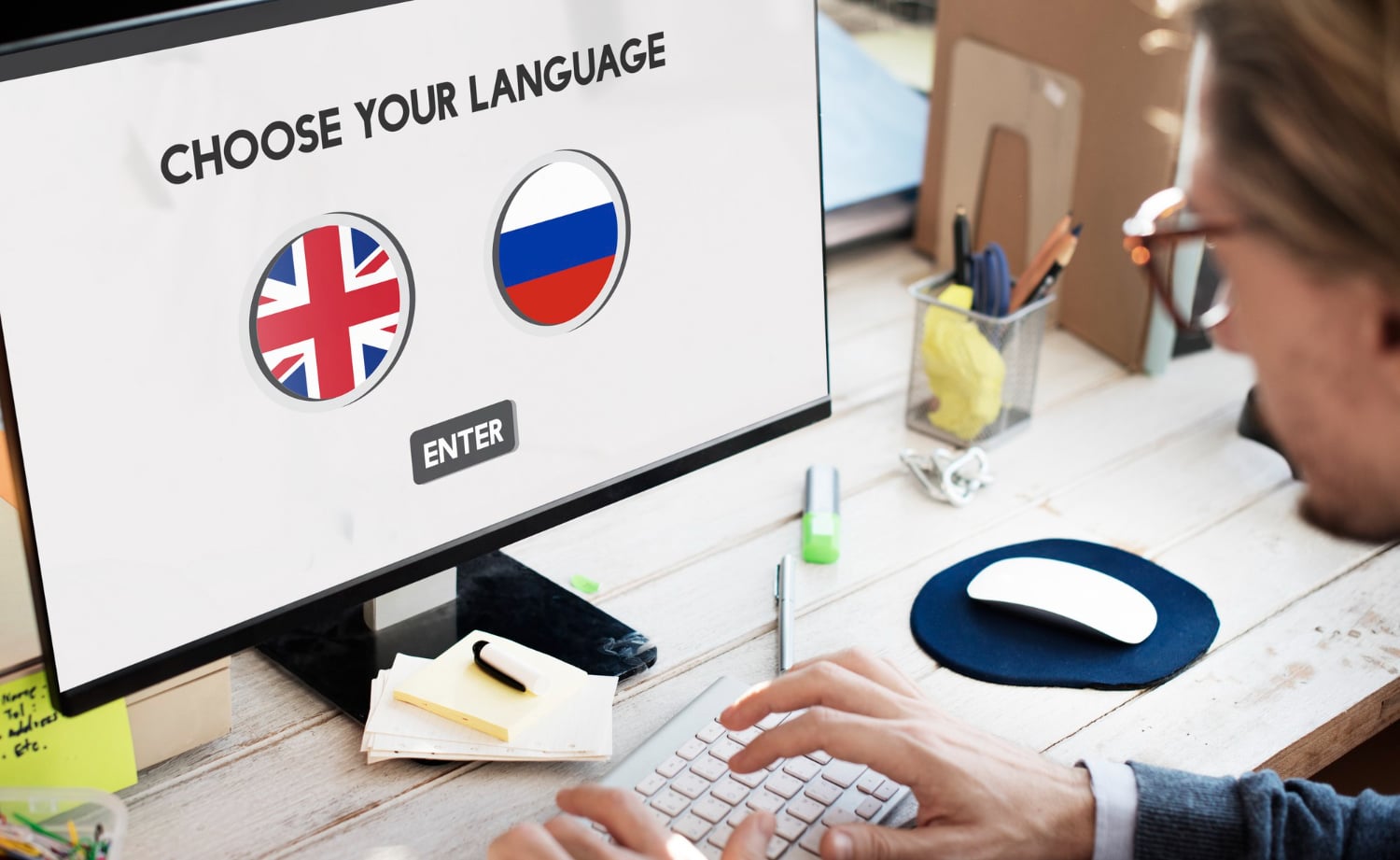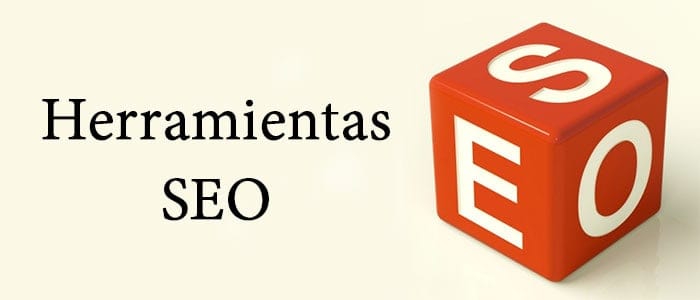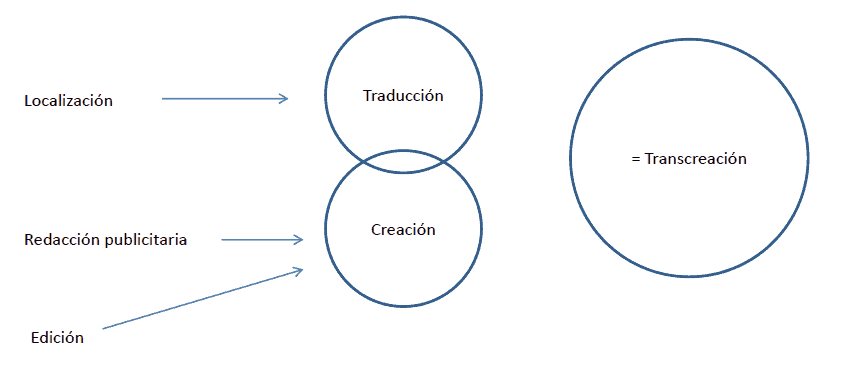
Digital Marketing: an Introduction to Multilingual SEO

by Carlos Bolívar, founder partner and CEO
When those people in my generation were kids (about 25 or 30 years ago), the idea of having in our hands a device able to allow conversations on the phone, checking any type of information (written or visual), playing games, communicating (at no cost) with anyone in any part of the world in real time, taking pictures, recording videos… creating and enjoying, ultimately, digital products, would have been absolutely unthinkable. And here we are, in a permanent moment of unstoppable technological barrage which has led to new forms of communication, of doing business, of building relationships. It is of course unquestionable that there has been a boom in the marketing and business strategies development and implementation in order to get adapted to this new digital world. In addition, the access universality (anyone can have a website, sell products, and promote brands) makes competition increase inevitably and, also, makes commercial techniques reaching more people in less time improve at a breakneck pace. At this point, I will focus my post in the Search Engine Optimization, one of the marketing techniques that has been implemented more quickly and that has revolutionized (in some continents more than others) how to sell and get promoted.
What is the SEO and why is it so important? According to Wikipedia, SEO (Search Engine Optimization) is « is the process of affecting the visibility of a website or a web page in a search engine’s natural or un-paid (organic) search results ». That is, the process that makes you more visible among the search results of Internet search engines or, as we all wish, the process that makes you appear in the top ten search engine results. This process roughly includes two distinct parts: one, which is purely technical, involving the adaptation and configuration of the website so it becomes as compatible as possible with the search engine of your choice. In this way, everything concerning the technical structure of the website is articulated so it meets the requirements of the specific search engine, namely: code, tags, images, formats, fonts, sitemaps, etc. According to the search engine, so are the requirements. The other part is the linguistic (content enrichment, transcreation, etc.), concerning the content itself, which will be treated more in detail by my colleague Sandra Lara in the next blog post.
If we stick to Google, the most popular search engine, the first thing to understand is how Google accesses to the information in our website. Google uses little robots, called spiders, which are launched into the cyberspace to tour the web and to gather information from all websites in the Internet. These spiders are especially set on certain issues, such as the updated content or that your website meets the search engine requirements (in this case, Google’s). These results the spider sends to the engine are processed by THE algorithm.
Google’s algorithm is an elaborated secret formula that governs how the search results are ordered and is one of the most coveted secrets of the world. Google is aware of it so, therefore, it introduces changes every week and performs deep changes on a regular basis to prevent the results boycott. This algorithm takes into account more than 200 parameters in establishing classifications, the so called Search Ranking Factors. Despite the secrecy and barriers to decode algorithm, the search engine offers users a Search Engine Optimization Starter Guide, that will help you configure your website so it is consistent with such factors.
Therefore, the technical work is basically tailoring your website according to these requirements imposed by the search engine and, thus, you get sure it is suitable to be shown in the search results. Of course, this does not guarantee your website is showing in the top search results. To achieve this, there are other factors to take into account, as competition (if there are more websites selling the same product as you), the « natural » traffic to the sites or popularity itself.
In addition to the described technical part, we must also adapt the site in the linguistic issues, through what is called keywords. About this interesting issue in SEO, as I said before, my colleague Sandra Lara will talk more in detail in the next blog post.
Besides SEO or organic ranking (called organic because users come to the website through natural search results on Google, or by non-paid methods, we could say), there is what is called SEM (Search Engine Marketing). The fastest way to get an audience: paying advertising campaigns. Therefore, any website can pay Google (or other search engines) an specific amount for the website ad is highlighted among the top Google results, or also a fee each time someone clicks on the ad and visits the website in question. The most widespread SEM applications are Google AdWords and Bing Ads, although it is possible (and more effective according to the specific industry) implementing SEM campaigns on social and other media (Facebook, Twitter, LinkedIn, etc.) and on less popular search engines.
At this point, we cannot forget how important is, when launching such campaigns, doing so in several languages, or at least in the essential ones. A multilingual SEO (or SEM) campaign allows many users to access and to reach very different markets. In a global market like the current one, conducting a SEO campaign in just one language (or not doing it in English) simply means losing new markets or countless prospects. However, starting the SEO in other languages implies the possibility of multiplying your current customers. Today, this is very obvious for many company marketing departments (even essential in their budgets) and, therefore, many of the company marketing plan efforts are aimed at getting good search engine rankings for both searches, in Spanish and English (the most common business language). In this sense, the whole weight rests on the content itself and the keywords, as we will check in our next post, plus it is essential to take the target audience culture into account when drafting the relevant content.
In general, these are the most popular and effective means when launching your online marketing campaign. Logically, performing a good SEO or SEM campaign does not assure the sale or distribution of your product. Digital marketing involves and covers many more factors not mentioned here which are also very important: website issues (design, structure and content), social media, online reputation, interesting and useful contents in the blog, etc.
As a climax, find below some vital references when delving into the exciting SEO and SEM world and do not forget to be back for the second part of this post, which we will publish next week. It’s time to go into this discipline and not to be left behind… or down, of course, in the case of the search engines.
To delve into the world of digital marketing from scratch, check the Digital Marketing Guide by quirk. For more advanced users, Smart Insights offers a guide on digital marketing strategies.
If you roughly know how SEO works and just want to deepen your knowledge, see the The Advanced Guide to SEO by Quicksprout, apart from Google guide I mentioned above in this post.







Sin respuestas a "Digital Marketing: an Introduction to Multilingual SEO"